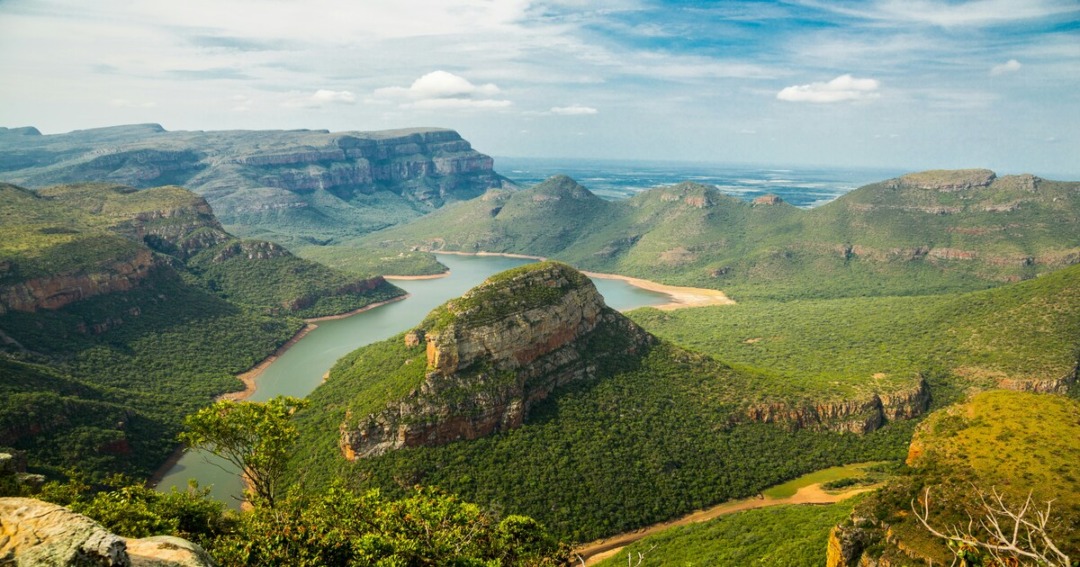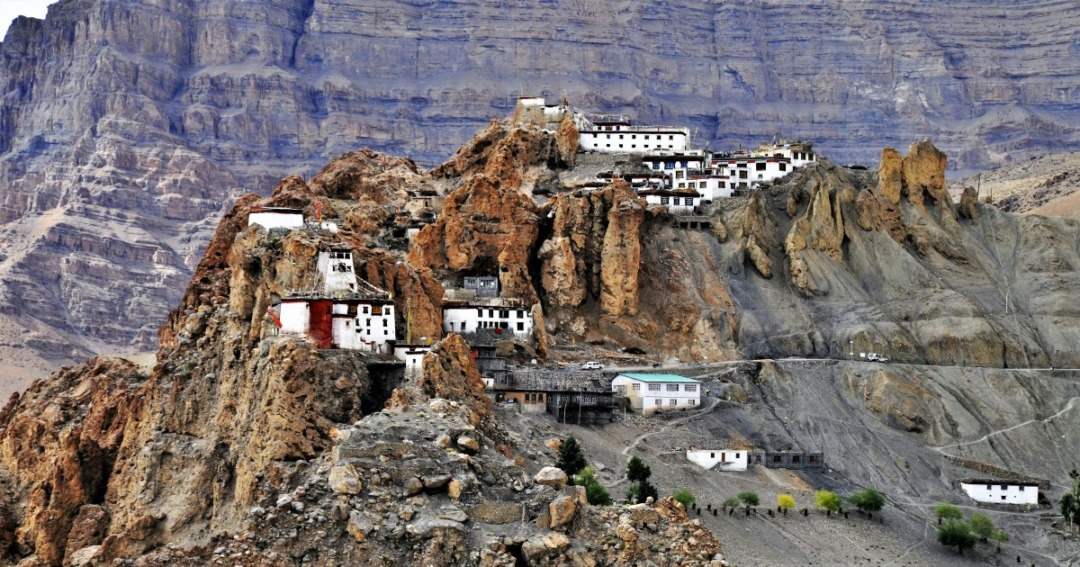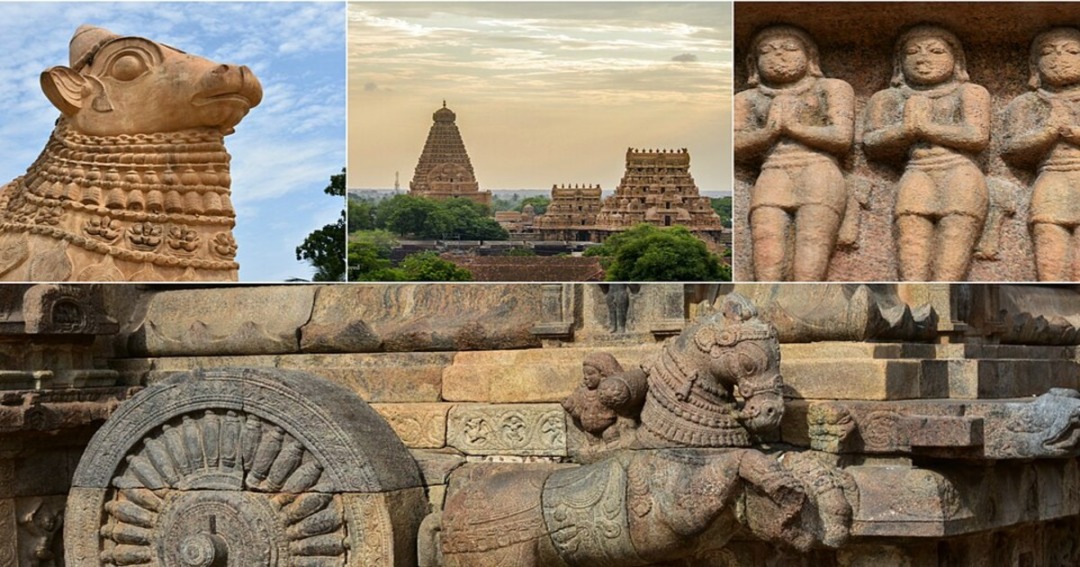
![]()
When we talk about UNESCO world heritage sites in India, the Taj Mahal, Qutub Minar, Jantar Mantar and Hampi often dominate the conversation. But India is home to 42 UNESCO World Heritage Sites, many of which remain overlooked. These lesser-known heritage places of India offer unique experiences, unspoiled beauty, and rich cultural history without the usual tourist crowds.
Here’s a closer look at the top 10 underrated UNESCO heritage sites in India that deserve a spot on your Explurger bucket list.
Top 10 Underrated: UNESCO World Heritage Sites in India You Need to Add to Your Bucket List
1. Champaner-Pavagadh Archaeological Park, Gujarat
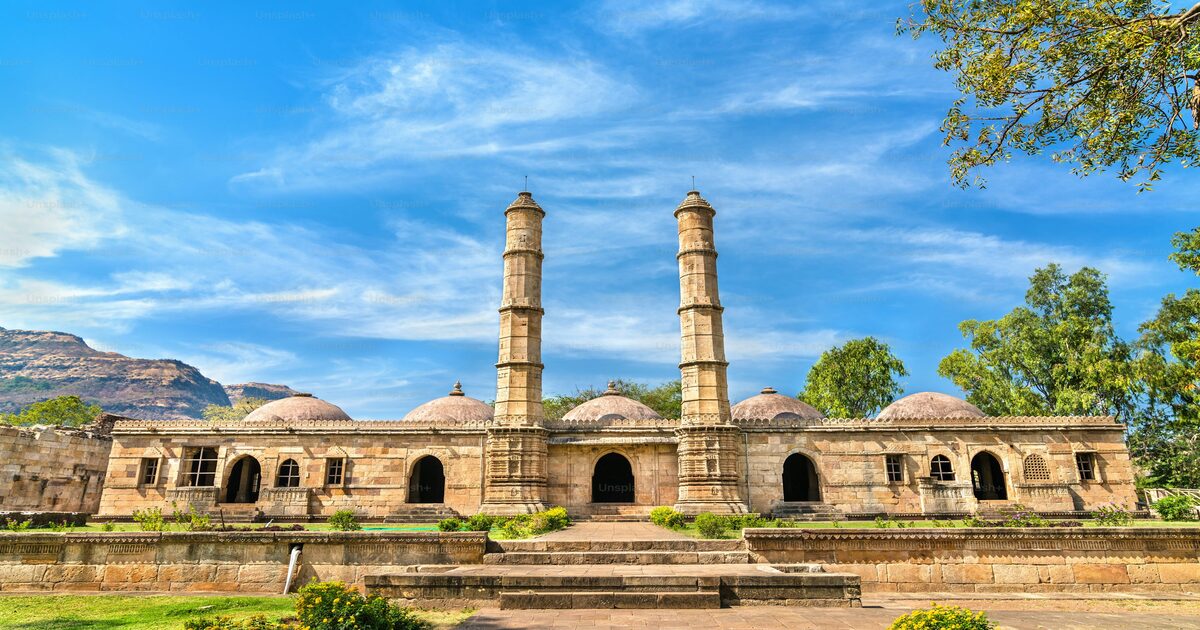
Welcome to Gujarat’s best-kept secret, a complete pre-Mughal Islamic city frozen in time. This UNESCO World Heritage Site sits at the foot of Pavagadh Hill and combines a medieval town, ancient temples, mosques, palaces, and stepwells all within a lush, hilly landscape. Now that the religious tensions are increasingly tightening in the world, let us remember this insane historical marvel- one that has Hindu, Jain,and Islamic structures all clubbed together.
“At the heart of Champaner is the Citadel, whose most impressive features are its 16th-century monumental mosques (no longer used for worship), with their beautiful blending of Islamic and Hindu architecture.” – Gujarat Tourism
This is one of those UNESCO World Heritage sites in India, perfect for history nerds, photographers, and anyone craving ruins with stories!
2. Mahabodhi Temple Complex at Bodh Gaya, Bihar
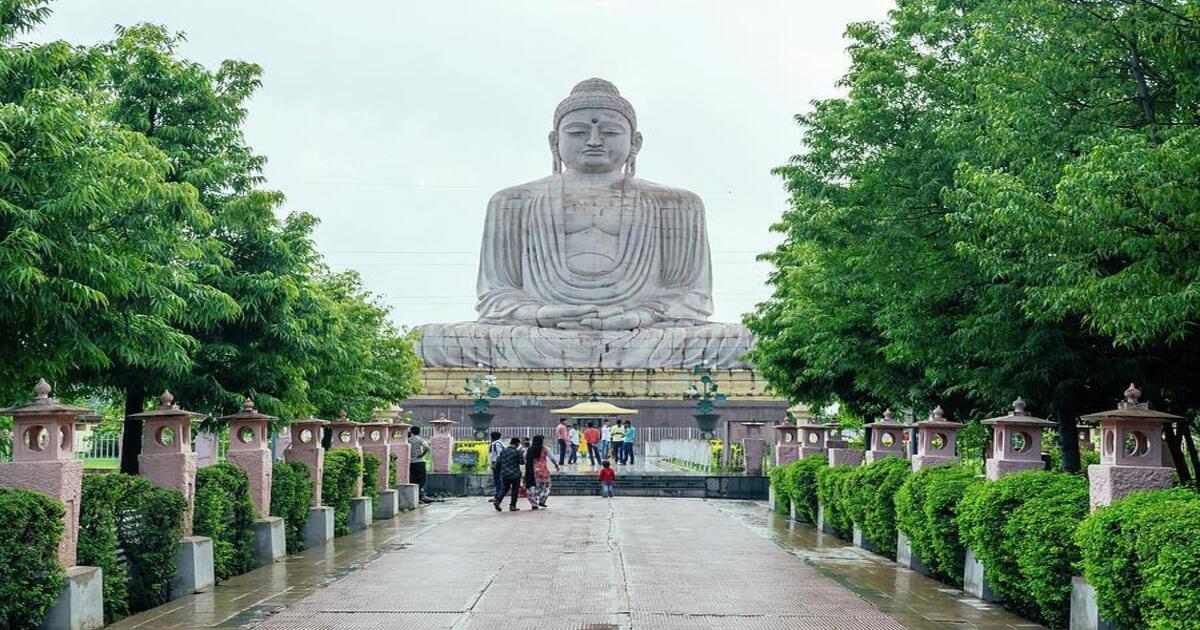
Built by Emperor Ashoka in the 3rd century B.C., and one of the 4 main Buddhist holy sites, the Mahabodhi complex remains one of the most underrated UNESCO World Heritage sites in India. It is a gem if you are into history, spirituality and of course, architecture. Despite its global religious significance, Bodh Gaya remains surprisingly low on mainstream travel radars.
“The grand 50m high Mahabodhi Temple of the 5th-6th centuries is of immense importance, being one of the earliest temple constructions existing in the Indian sub-continent. It is one of the few representations of the architectural genius of the Indian people in constructing fully developed brick temples in that era” – UNESCO World Heritage Convention.
Easily one of the most soulful yet underrated places one should explore in India.
3. Rani-ki-Vav (The Queen’s Stepwell), Gujarat
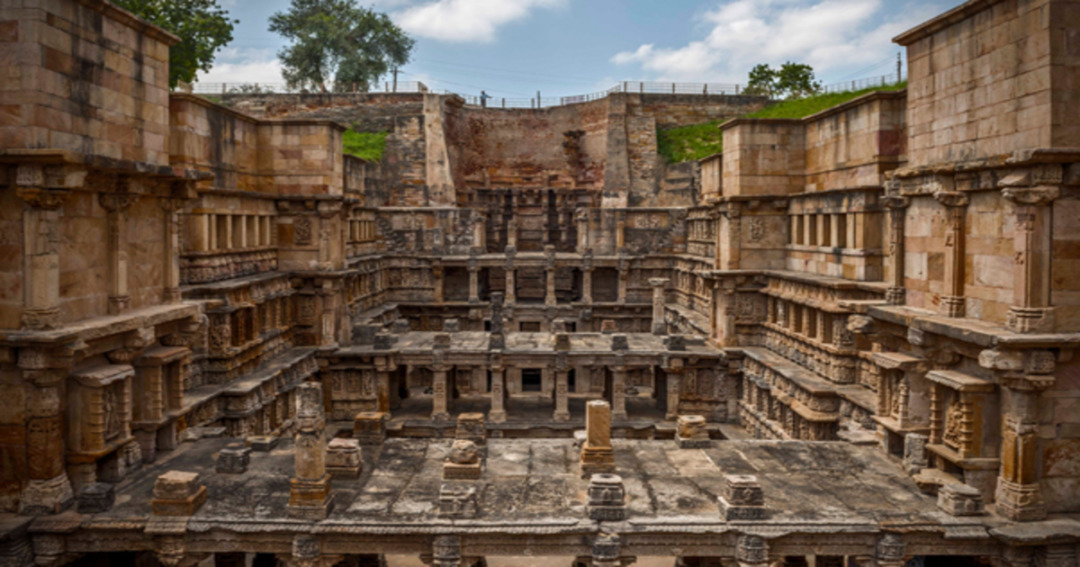
This 11th-century stepwell in Patan was built by Queen Udayamati in memory of her husband. What sets it apart? It’s not just functional, it’s a subterranean temple. With seven levels of intricately sculpted walls featuring over 1,500 mythological and religious figures, this place is a jaw-dropper. Don’t just visit, descend into its history, literally. A true hidden gem among UNESCO World Heritage Sites in India. The stepwell is a rare example where technology, utility, spirituality, and artistry all unite. It literally stands as a masterpiece of human creative genius and ancient water management.
4. Group of Monuments at Pattadakal, Karnataka
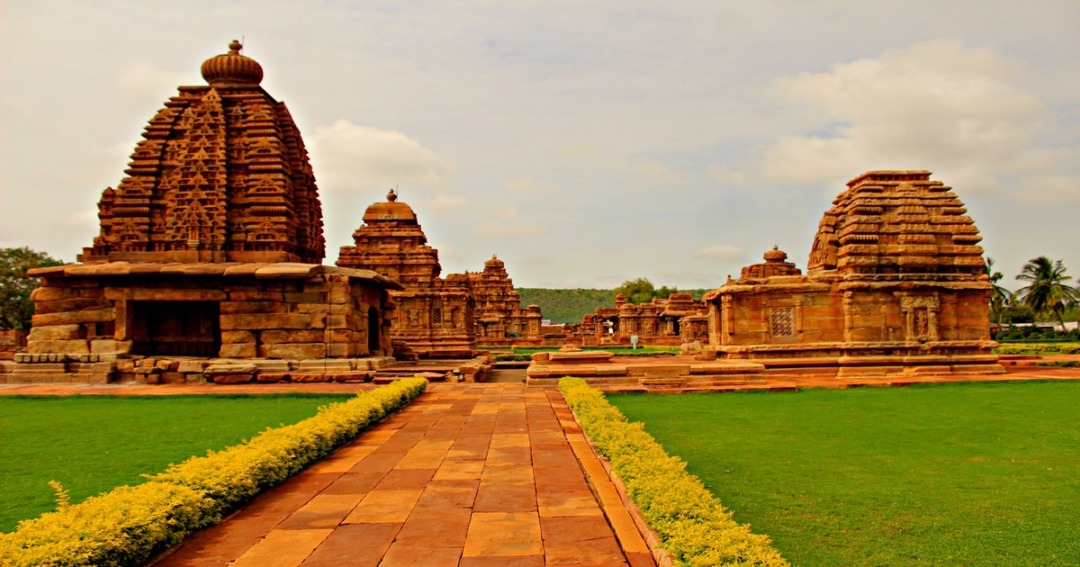
Get ready for a South Indian architecture masterclass. This site showcases the fusion of Dravidian and Nagara styles in temples dating back to the 7th and 8th centuries. You’ll find ten major temples, including the Virupaksha and Mallikarjuna Temples, all adorned with carvings from Hindu mythology. It’s where dynasties celebrated coronations and gods were immortalized in stone. One of the most architecturally rich heritage places of India.
5. Kakatiya Rudreshwara (Ramappa) Temple, Telangana
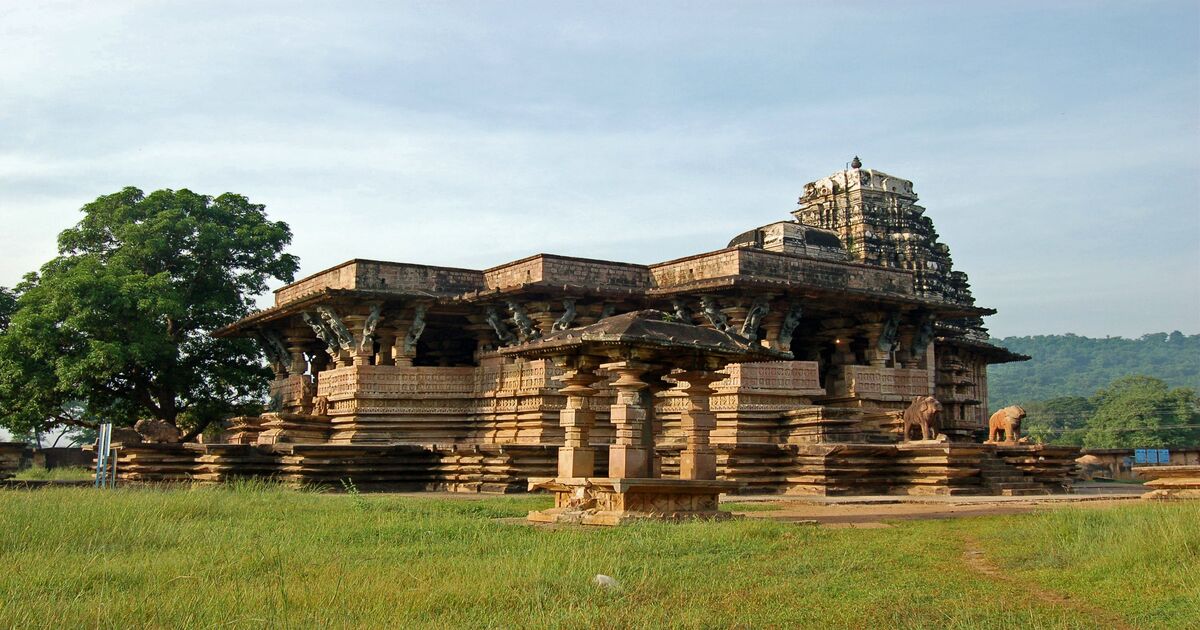
Telangana’s only UNESCO World Heritage Site, this 13th-century temple near Warangal is a blend of grace and genius. The temple’s floating bricks make it an architectural enigma. Inside, you’ll find massive sandstone pillars, intricate carvings, and celestial dancers etched in detail. Built during the reign of the Kakatiya dynasty, this gem is a mix of devotion, art, and innovation. Seriously underrated among the UNESCO world heritage places of India.
6. Santiniketan, West Bengal
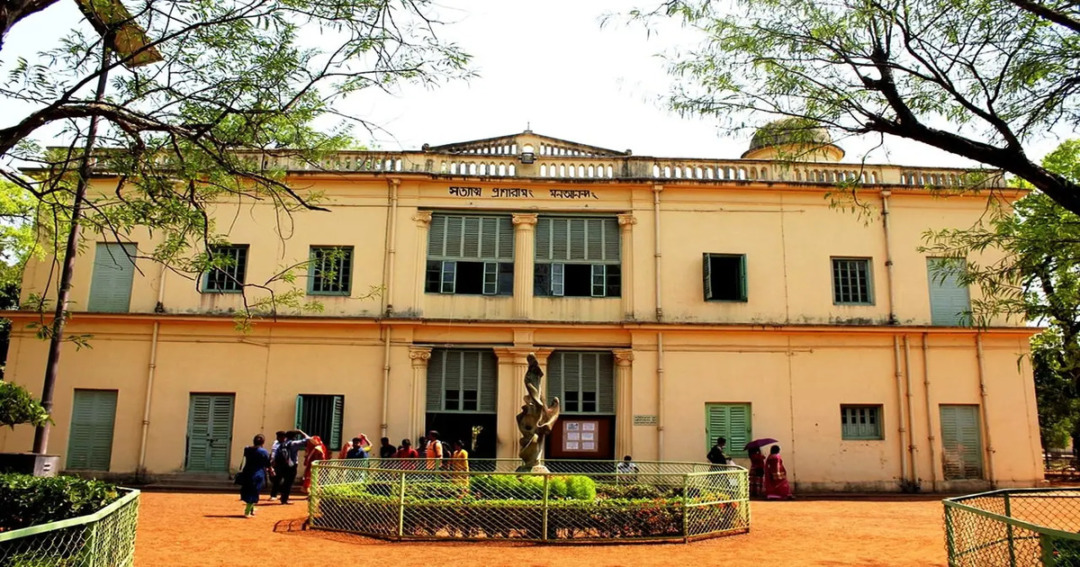
More than a place, it’s a philosophy. Founded by Rabindranath Tagore, Santiniketan is home to Visva-Bharati University, where education fuses art, music, and nature. Expect vibrant murals, open-air classrooms, and cultural festivals that celebrate creativity. You won’t find big monuments here, but you’ll discover an atmosphere of freedom and inspiration. A cultural legend among UNESCO World Heritage sites in India.
Santiniketan represents the emergence of post-colonial places of cultural, philosophical, and spiritual exploration in South Asia in the early 20th century.
7. Dholavira: A Harappan City, Gujarat
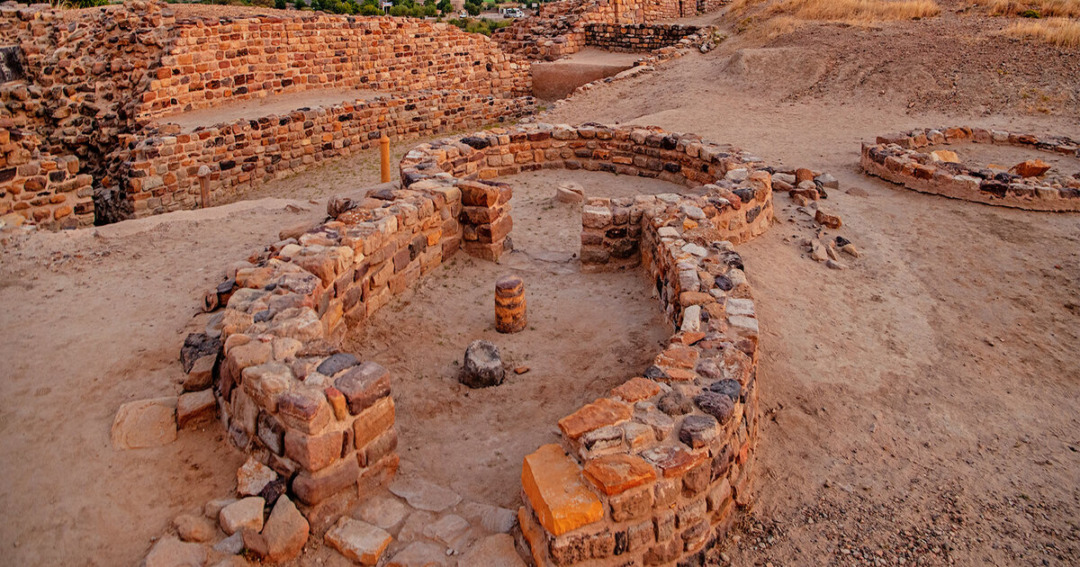
Let’s take you to the Indus Valley Civilization, well, a brief but well-preserved wonder. Located in the Rann of Kutch, Dholavira is all about ancient urban planning: water reservoirs, drainage systems, street grids, and even a signboard in Harappan script. The site consists of a walled city as well as a cemetery. It’s a surreal, silent city that existed sound 3 BCE, perfect for anyone who geeks out on archaeology and ancient engineering. One of the most underrated UNESCO World Heritage sites in India by far.
Unlike other Harappan sites, Dholavira was discovered relatively late and only got UNESCO status in 2021! How wild is that!
Also cool: archaeologists found a huge inscription of ten Harappan letters carved in stone- still undeciphered, still mysterious.
If you’re even remotely into ancient ruins, this is one of the UNESCO World Heritage sites in India that will blow your mind. It’s dry, remote, and wildly underrated, and that’s exactly why it should be on your radar.
8. Moidams – the Mound-Burial System of the Ahom Dynasty, Assam
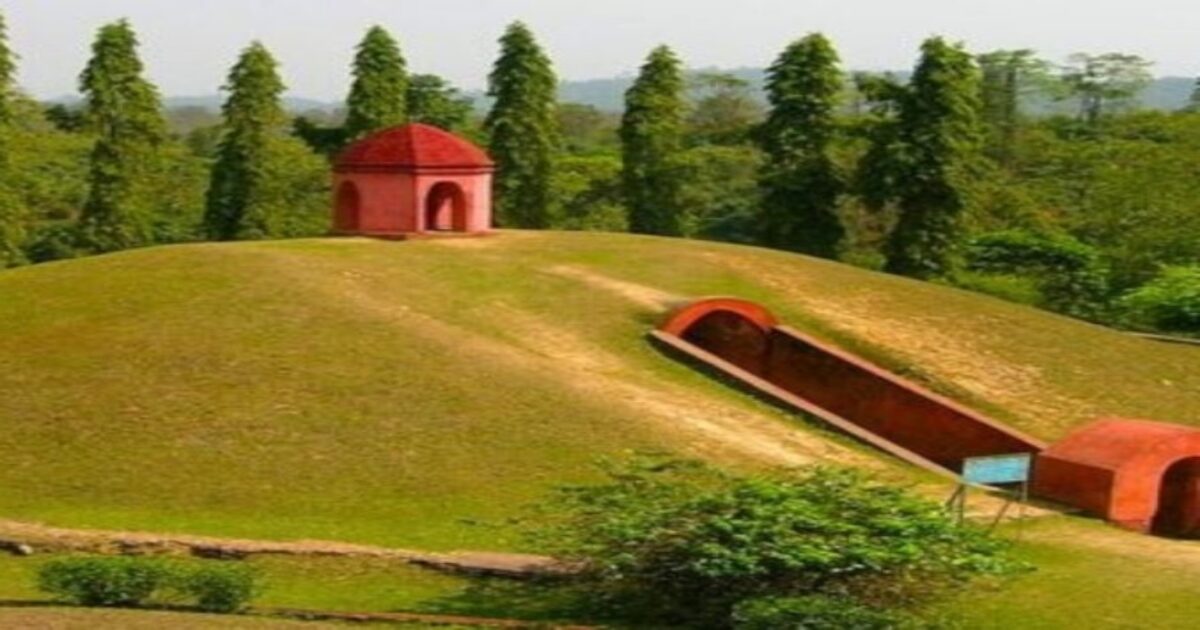
Often referred to as the “Indian pyramids,” these moidams in the Charaideo district are royal burial sites of the Ahom dynasty. The mounds house the remains of kings and nobles, reflecting Tai-Ahom traditions of ancestor worship. It’s one of the few sites preserving northeast India’s unique cultural and spiritual history. Bonus: almost no tourists! Definitely one of the rarest among UNESCO World Heritage sites in India.
UNESCO World Heritage Convention says that the Buranjis (royal chronicles) provide details of the Tai-Ahom world view and daily life, including the funerary rituals and spiritual associations, as well as details of the materials and labour required to construct the moidams.
9. Khangchendzonga National Park, Sikkim
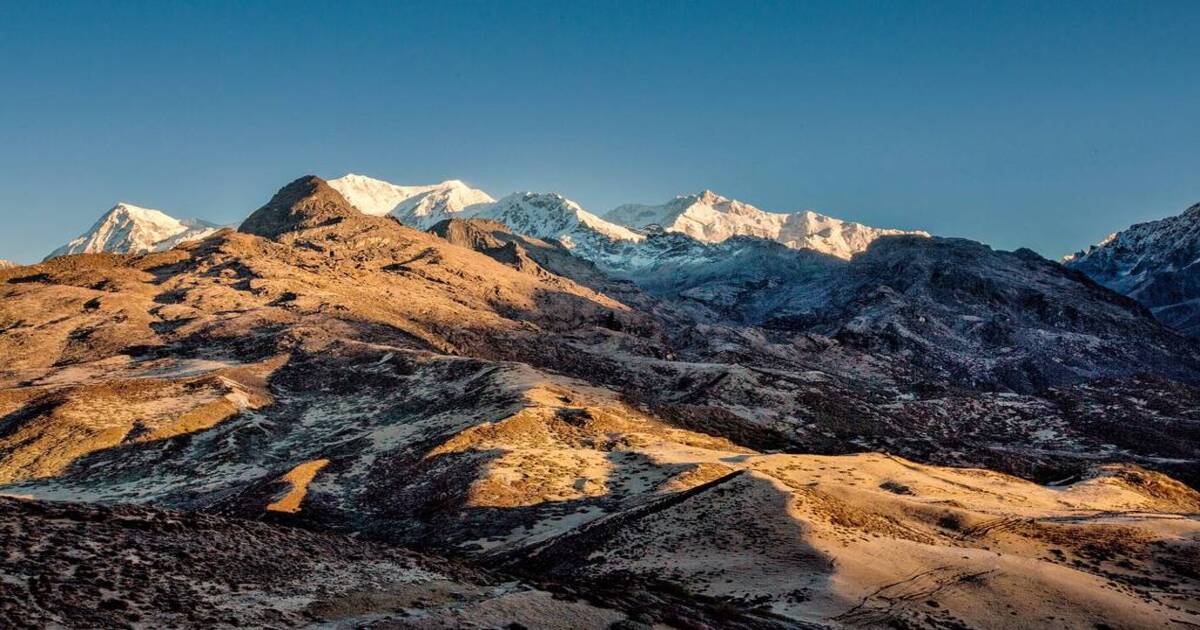
Tucked in the Eastern Himalayas, this mixed heritage site is both breathtaking and sacred. Named after the world’s third-highest mountain, the park is a biodiversity hotspot with glaciers, alpine meadows, and rare species like the red panda and snow leopard. Local myths tie the landscape to guardian deities, making this not just a natural wonder, but a spiritual one too. A unique inclusion among UNESCO places in India.
10. Manas Wildlife Sanctuary, Assam
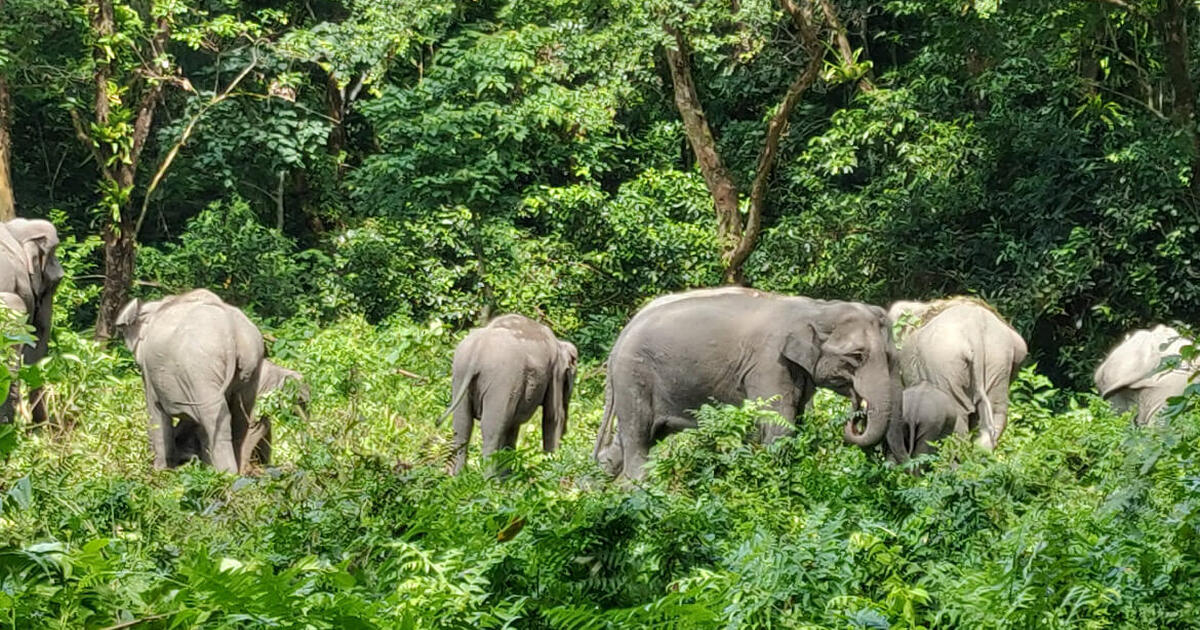
Hidden away in the foothills of the Eastern Himalayas, Manas National Park is a spectacular blend of wildlife sanctuary and UNESCO site in India that’s often overshadowed by more famous parks. This biodiversity hotspot is home to 22 of India’s most threatened mammal species, with nearly 60 mammals, 42 reptiles, 7 amphibians, and 500 bird species, including 26 globally threatened ones. Key animals include elephants, tigers, one-horned rhinos, clouded leopards, sloth bears, and the unique wild buffalo population. It also shelters rare species like the pygmy hog, hispid hare, golden langur, and endangered Bengal florican. The park’s tranquil atmosphere and relatively low tourist footfall make it a perfect spot for travelers looking for an authentic, offbeat nature experience.
Interesting facts about UNESCO World Heritage Sites in India
- Moidams in Assam became a UNESCO World Heritage Site only in 2024.
- Khangchendzonga National Park is India’s first mixed heritage site.
- Rani-ki-Vav was discovered in the 1980s after being buried in silt for centuries.
- Moidams are the only site in India that showcases the Tai-Ahom culture.
- The entire Western Ghats are under the UNESCO site.
- The cities of Jaipur and Ahmadabad are entire cities considered under UNESCO heritage sites.
- The first three Indian entries were Ajanta Caves, Ellora Caves, and Agra Fort, inscribed in 1983.
- With a total of 43 sites, India is currently at the 6th position in the world.
Winding up about the underrated UNESCO World Heritage sites in India
So next time you’re planning a trip, skip the overdone tourist traps and dive into these UNESCO World Heritage sites in India. Whether you’re a history nerd, architecture fan, or just want those offbeat travel bragging rights, these world heritage places in India are seriously worth your time.
P.S: Did you know that many UNESCO heritage sites also support local communities and conservation? Travel smart, travel proud!
FAQs About UNESCO World Heritage Sites in India
2. Which is the 1 mixed UNESCO site in India?
Khangchendzonga National Park (Sikkim)
It was inscribed in 2016 and is the only mixed heritage site in India, recognized for both its natural and cultural significance.
3. How many UNESCO sites are there in India?
There are 43 total UNESCO sites in India.
4. Which is the 42nd UNESCO site in India?
Santiniketan, West Bengal
5. Which is the 43rd UNESCO World Heritage Site in India?
Moidams in Assam is the 43rd UNESCO World Heritage Site in India and became a UNESCO Site only in 2024.

